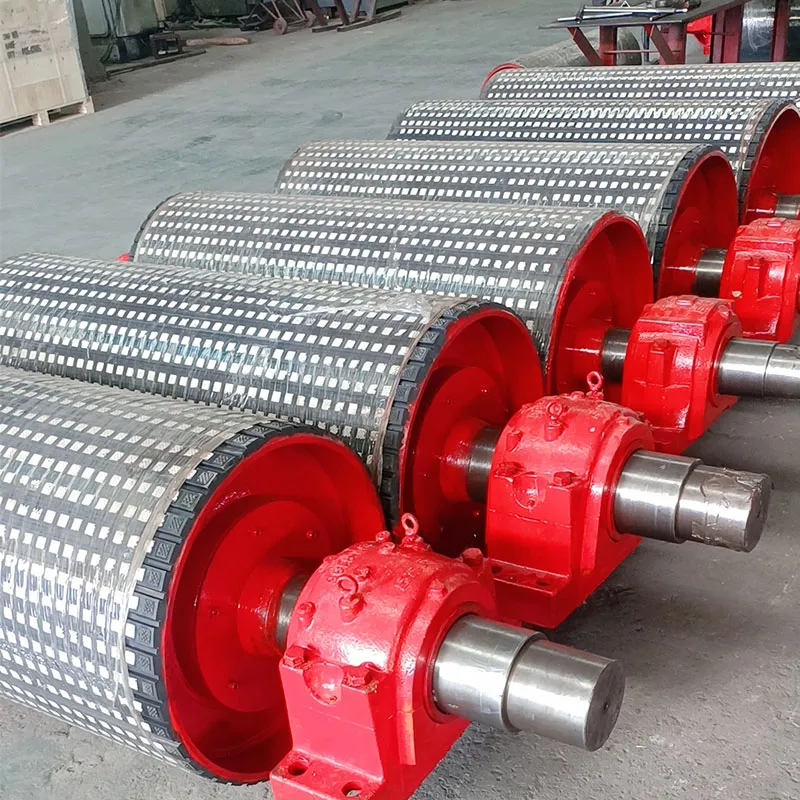 Afrikaans
Afrikaans  Albanian
Albanian  Amharic
Amharic  Arabic
Arabic  Armenian
Armenian  Azerbaijani
Azerbaijani  Basque
Basque  Belarusian
Belarusian  Bengali
Bengali  Bosnian
Bosnian  Bulgarian
Bulgarian  Catalan
Catalan  Cebuano
Cebuano  Corsican
Corsican  Croatian
Croatian  Czech
Czech  Danish
Danish  Dutch
Dutch  English
English  Esperanto
Esperanto  Estonian
Estonian  Finnish
Finnish  French
French  Frisian
Frisian  Galician
Galician  Georgian
Georgian  German
German  Greek
Greek  Gujarati
Gujarati  Haitian Creole
Haitian Creole  hausa
hausa  hawaiian
hawaiian  Hebrew
Hebrew  Hindi
Hindi  Miao
Miao  Hungarian
Hungarian  Icelandic
Icelandic  igbo
igbo  Indonesian
Indonesian  irish
irish  Italian
Italian  Japanese
Japanese  Javanese
Javanese  Kannada
Kannada  kazakh
kazakh  Khmer
Khmer  Rwandese
Rwandese  Korean
Korean  Kurdish
Kurdish  Kyrgyz
Kyrgyz  Lao
Lao  Latin
Latin  Latvian
Latvian  Lithuanian
Lithuanian  Luxembourgish
Luxembourgish  Macedonian
Macedonian  Malgashi
Malgashi  Malay
Malay  Malayalam
Malayalam  Maltese
Maltese  Maori
Maori  Marathi
Marathi  Mongolian
Mongolian  Myanmar
Myanmar  Nepali
Nepali  Norwegian
Norwegian  Norwegian
Norwegian  Occitan
Occitan  Pashto
Pashto  Persian
Persian  Polish
Polish  Portuguese
Portuguese  Punjabi
Punjabi  Romanian
Romanian  Russian
Russian  Samoan
Samoan  Scottish Gaelic
Scottish Gaelic  Serbian
Serbian  Sesotho
Sesotho  Shona
Shona  Sindhi
Sindhi  Sinhala
Sinhala  Slovak
Slovak  Slovenian
Slovenian  Somali
Somali  Spanish
Spanish  Sundanese
Sundanese  Swahili
Swahili  Swedish
Swedish  Tagalog
Tagalog  Tajik
Tajik  Tamil
Tamil  Tatar
Tatar  Telugu
Telugu  Thai
Thai  Turkish
Turkish  Turkmen
Turkmen  Ukrainian
Ukrainian  Urdu
Urdu  Uighur
Uighur  Uzbek
Uzbek  Vietnamese
Vietnamese  Welsh
Welsh  Bantu
Bantu  Yiddish
Yiddish  Yoruba
Yoruba  Zulu
Zulu conveyor pulley specification
Conveyor Pulley Specification Essential Guidelines for Selection
Conveyor pulleys play a critical role in the effective operation of belt conveyor systems. These components are responsible for guiding and supporting the conveyor belt, making their specification crucial for ensuring efficiency, safety, and longevity of the system. Understanding the various parameters that comprise conveyor pulley specifications can greatly assist in selecting the right pulley for specific applications.
Types of Conveyor Pulleys
There are several types of conveyor pulleys, each designed for specific functions. The most common types include drive pulleys, tail pulleys, snub pulleys, and bend pulleys. Drive pulleys are critical for driving the conveyor belt, while tail pulleys provide support at the end of the conveyor system. Snub pulleys are used to increase the belt’s contact angle with the drive pulley, enhancing belt grip. Bend pulleys, on the other hand, are used to change the direction of the conveyor belt.
Key Specifications
When selecting a conveyor pulley, several key specifications must be considered
1. Diameter The diameter of the pulley affects the belt tension and the overall performance of the conveyor. Larger diameters help reduce belt fatigue while increasing the efficiency of power transmission.
conveyor pulley specification

2. Face Width The face width of a pulley must match or exceed that of the conveyor belt to ensure optimal load support and prevent misalignment.
3. Material The construction material of the pulley is essential for durability. Common materials include steel, which offers high strength, and aluminum, which is lightweight and resistant to corrosion.
4. Type of Lagging Lagging is a rubber or ceramic coating applied to the pulley’s surface. It increases friction between the pulley and the belt, reducing slippage. The choice of lagging depends on the material being transported and environmental conditions.
5. Load Capacity Understanding the load capacity is vital for safety and efficiency. Each pulley is rated for a specific load, and exceeding this load can lead to premature wear or failure.
6. Environmental Considerations The working environment can affect pulley selection. For example, outdoor applications may require rust-proof coatings, while high-temperature environments might need specially designed materials.
Conclusion
In conclusion, selecting the appropriate conveyor pulley involves careful consideration of various specifications. By understanding the different types of pulleys and their key parameters—such as diameter, face width, material, lagging, load capacity, and environmental factors—engineers can make informed decisions that enhance the performance and longevity of conveyor systems. Investing in quality pulleys tailored to specific operational needs not only improves efficiency but also reduces maintenance costs. Therefore, a thorough assessment during the selection process is essential for achieving optimal results in conveyor operations.
-
Revolutionizing Conveyor Reliability with Advanced Rubber Lagging PulleysNewsJul.22,2025
-
Powering Precision and Durability with Expert Manufacturers of Conveyor ComponentsNewsJul.22,2025
-
Optimizing Conveyor Systems with Advanced Conveyor AccessoriesNewsJul.22,2025
-
Maximize Conveyor Efficiency with Quality Conveyor Idler PulleysNewsJul.22,2025
-
Future-Proof Your Conveyor System with High-Performance Polyurethane RollerNewsJul.22,2025
-
Driving Efficiency Forward with Quality Idlers and RollersNewsJul.22,2025





























